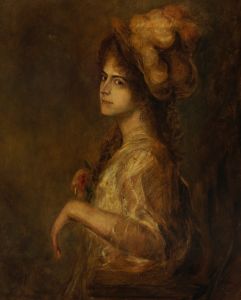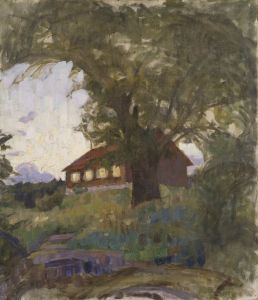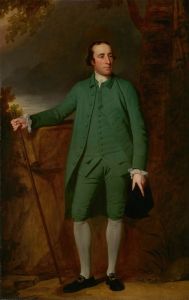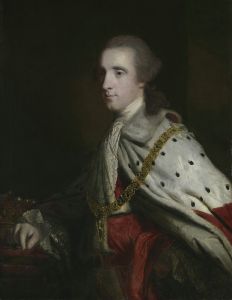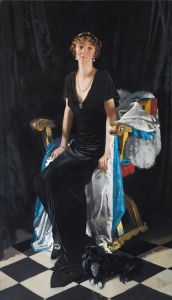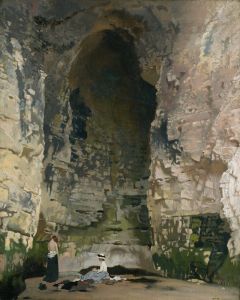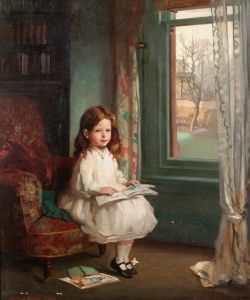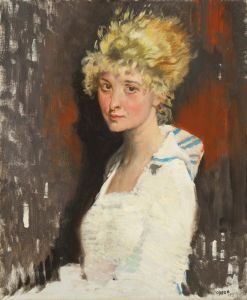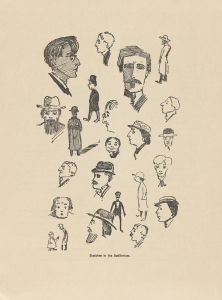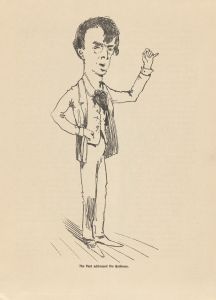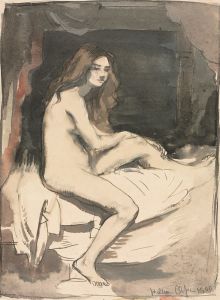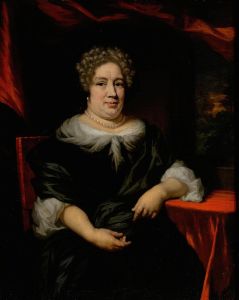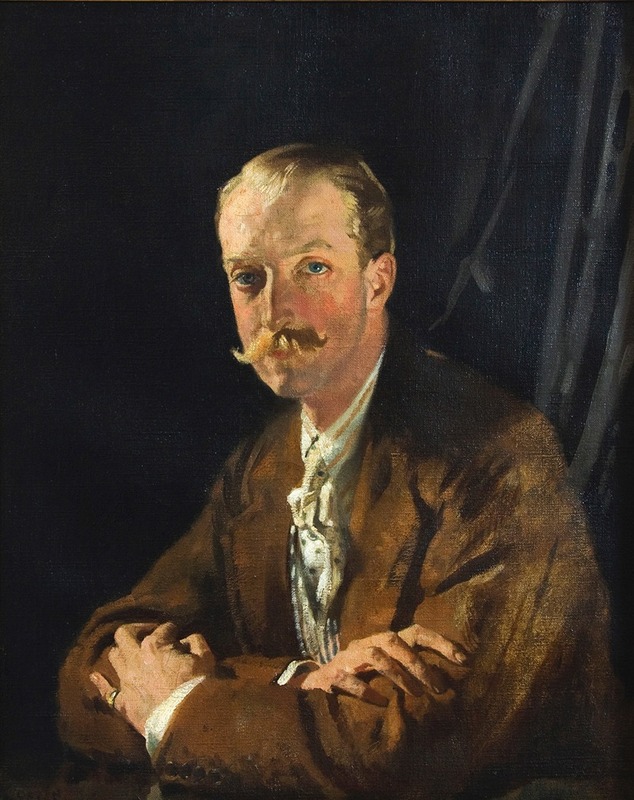
Fourth Marquis Of Headfort
A hand-painted replica of William Orpen’s masterpiece Fourth Marquis Of Headfort, meticulously crafted by professional artists to capture the true essence of the original. Each piece is created with museum-quality canvas and rare mineral pigments, carefully painted by experienced artists with delicate brushstrokes and rich, layered colors to perfectly recreate the texture of the original artwork. Unlike machine-printed reproductions, this hand-painted version brings the painting to life, infused with the artist’s emotions and skill in every stroke. Whether for personal collection or home decoration, it instantly elevates the artistic atmosphere of any space.
"Fourth Marquis Of Headfort" is a portrait painting by the renowned Irish artist Sir William Orpen. This artwork is a significant example of Orpen's skill in portraiture, showcasing his ability to capture the character and status of his subjects with precision and depth.
William Orpen, born in 1878 in Stillorgan, County Dublin, was a prominent figure in the early 20th-century art world. He was known for his portraits, which often depicted members of the British and Irish aristocracy, as well as notable figures of his time. Orpen studied at the Metropolitan School of Art in Dublin and later at the Slade School of Fine Art in London, where he honed his skills and developed a distinctive style characterized by meticulous attention to detail and a keen sense of realism.
The subject of this particular painting, Geoffrey Thomas Taylour, the Fourth Marquis of Headfort, was an Anglo-Irish aristocrat. Born in 1878, Taylour inherited the title of Marquis from his father and became a prominent figure in both Irish and British society. The Headfort family was well-known, with their ancestral seat located at Headfort House in County Meath, Ireland.
Orpen's portrait of the Fourth Marquis of Headfort is notable for its composition and execution. The painting captures the Marquis in a dignified pose, reflecting his status and personality. Orpen's use of light and shadow, as well as his attention to the textures of clothing and skin, contribute to the lifelike quality of the portrait. The artist's ability to convey the character and presence of his subject is evident in this work, making it a fine example of his portraiture.
Throughout his career, Orpen received numerous commissions from high-profile clients, and his portraits were highly sought after. His works were exhibited in prestigious galleries and institutions, and he was recognized as one of the leading portrait painters of his time. In addition to his portraits, Orpen also painted genre scenes, landscapes, and still lifes, showcasing his versatility as an artist.
Orpen's contribution to art extended beyond his paintings. During World War I, he served as an official war artist, documenting the experiences of soldiers and the impact of the war through his art. His war paintings are considered some of his most powerful works, capturing the harsh realities of conflict with empathy and insight.
The portrait of the Fourth Marquis of Headfort remains an important piece within Orpen's oeuvre, reflecting both his technical prowess and his ability to engage with the social and cultural milieu of his era. Today, Orpen's works are held in various public and private collections, and he is remembered as one of the key figures in early 20th-century British and Irish art.





